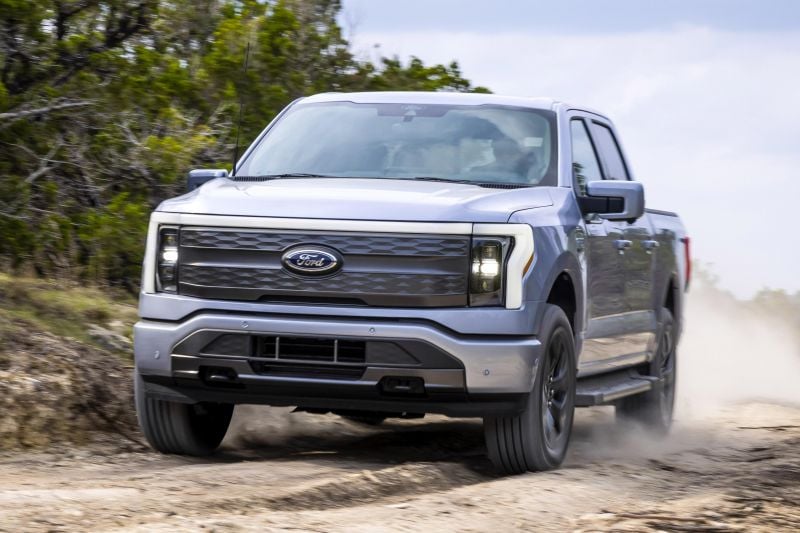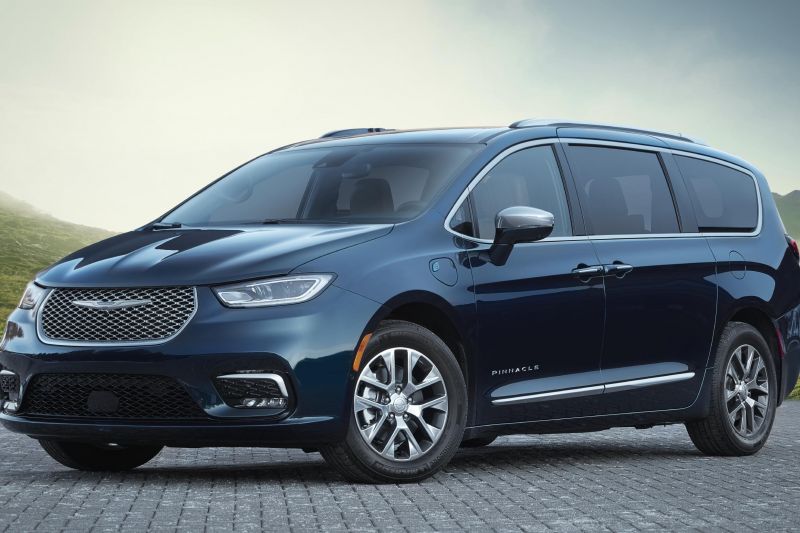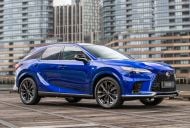The Canadian Government has officially unveiled mandatory zero emissions vehicle (ZEV) sales targets for the country, which will see the end of pure internal combustion engine and hybrid vehicle sales by 2035.
Starting in 2026 model year — which can start up to a year ahead of the calendar year — the government will require all manufacturers and importers to have electric vehicles (EVs) account for 20 per cent sales. The target will ramp up from there to 60 per cent in 2030, and 100 per cent in 2035.
The sales target applies to all “new passenger cars, SUVs, and pickup trucks” sold in the country, although there’s an exemption for emergency vehicles.
Like California, Canada defines a zero-emission vehicle can have three types of drivetrain: pure battery electric, fuel cell, or plug-in hybrid capable of running “exclusively on electricity for a specified minimum distance”. The Canadian government has yet to specify what this distance is.
The government acknowledged concerns raised by those living in Canada’s vast rural areas and remote northern communities, and suggested plug-in hybrids “can be a good fit” as they “help bridge the gap while infrastructure for ZEVs continues to be improved in rural and northern regions”.
It seems as though automakers may be fined if they don’t reach their targets will be fined. Fines can be avoided if an automaker purchases sufficient credits from those that exceed their targets. An automaker can also gain credits for rolling out public charging infrastructure.
Credits earned for exceeding a year’s target can be used over the next few years, or traded to other companies. Credits cannot be used after 2035 when sales of new non-ZEVs are banned.
Used petrol and diesel vehicles can continue to be bought and sold after the new vehicle sale ban comes into place. According to the Canadian Government, the average age of a vehicle in the country is 15 years, meaning most internal-combustion vehicles will be off Canadian roads by 2050.
The government claims it’s a “phased-in approach that allows for a gradual and orderly switch to a 100 percent zero-emission future”, and helps the country reach the goal of reducing greenhouse gas emissions to 40 per cent below 2005 levels by 2030.
Canada’s announcement overnight looks to be very similar to the ban that will be introduced by California, with at least 10 US states set to follow California’s lead.
The UK and the EU will enact a stricter prohibition starting in 2035 that will prevent new cars being sold with any type of petrol or diesel drivetrain, including hybrids and plug-in hybrids.





